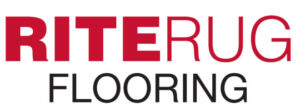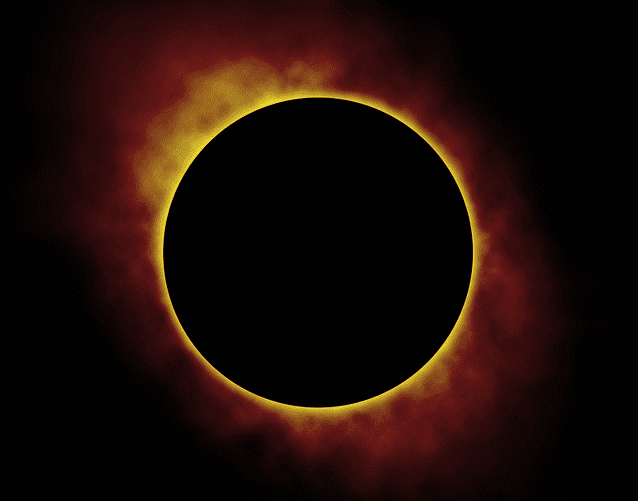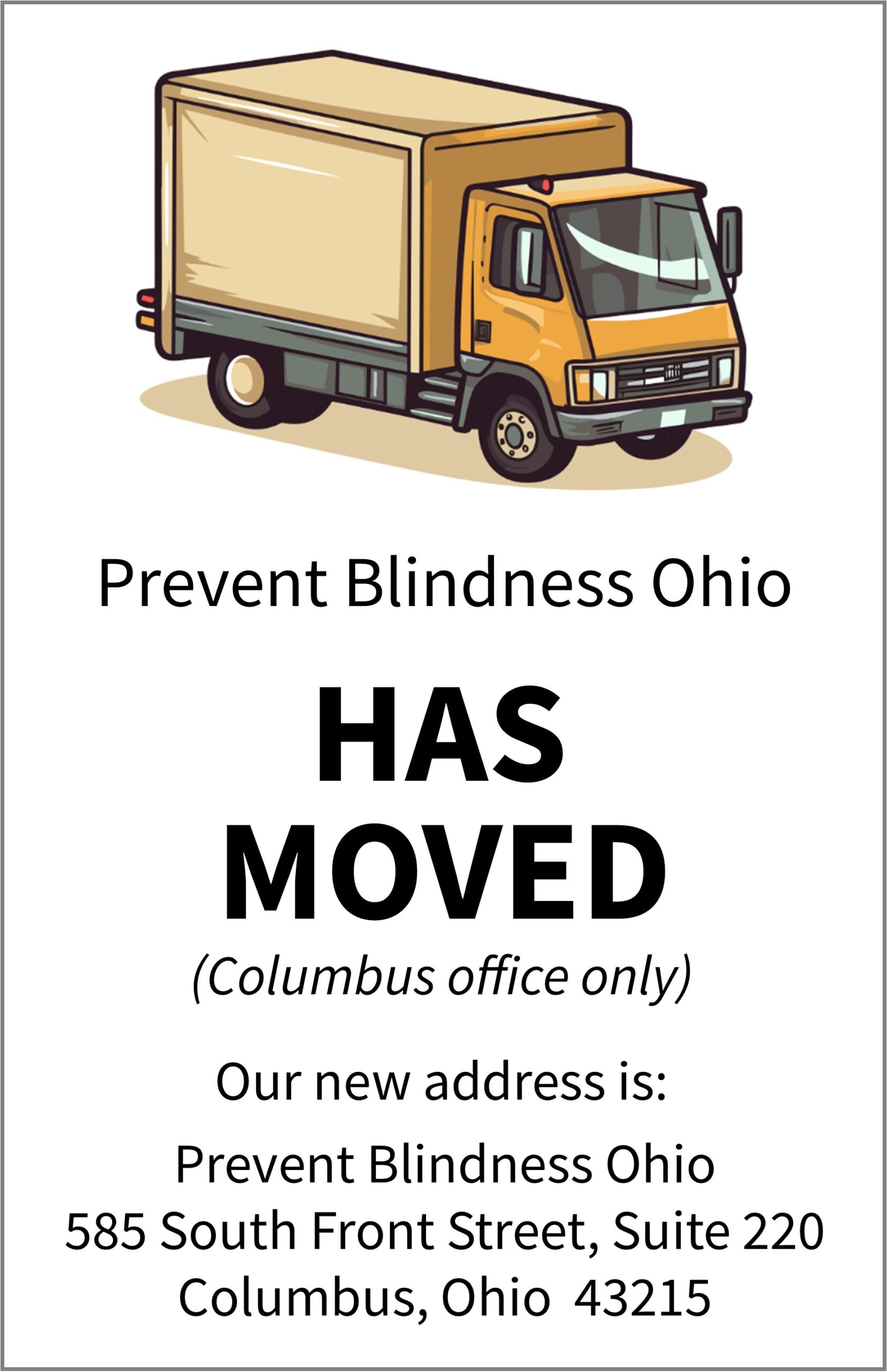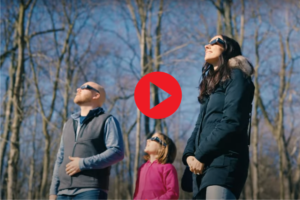Total Solar Eclipse
April 8, 2024
Ohio, along with several other states, will experience a TOTAL SOLAR ECLIPSE on April 8, 2024 crossing from Texas through Maine! People living in areas of the totality could experience 4 minutes of total darkness. Preceding this eclipse was an Annular Solar Eclipse which crossed from Oregon through Texas on October 14, 2023.
Fun Tips & Activities to Enjoy the Eclipse Safely
Prevent Blindness hopes you enjoy taking part in this important astronomical and cultural event. Before you do, please take the time to learn about the dangers to your vision and how to protect your eyes from injury during the eclipse.
Path of Totality In Ohio
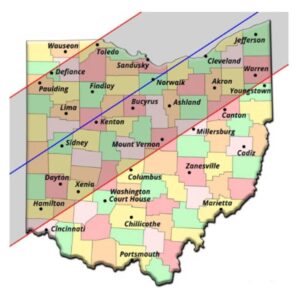
- In Ohio, the total eclipse will begin around 2:00pm and end at approximately 4:30pm on April 8, 2024.
- Those viewing the eclipse within the totality path zone in Ohio will experience up to 4 minutes of total darkness.
- All of Ohio will be able to view the solar eclipse, however the path of totality is only in the shaded area of the map.
- The last total solar eclipse visible in Ohio was in 1806 and the next total solar eclipse to come through Ohio will not be until 2099! This is truly a once in a lifetime experience.
- The next total solar eclipse in Ohio will be in the year 2099.
Watch this video!
“Solar Eclipses: Everything You Need to Know
to Protect Your Eyes”
Protect your eyes! Here’s sight saving information
about viewing an eclipse!
Never look directly at the sun during a solar eclipse (except during the very brief time the sun is in total eclipse; and even then, with caution). Looking directly at the sun can cause permanent damage to your eyes. After viewing a solar eclipse, seek treatment from an eye care professional if you or your child have any changes in vision that continue to get worse.
What is a solar eclipse?
A solar eclipse occurs when the moon moves between the sun and the earth. The moon causes the light of the sun to be blocked from reaching earth, casting a shadow on earth. A total solar eclipse is when the moon completely blocks the sun. The sun’s outer atmosphere (called the solar corona) glows around the moon when it is blocking the sun. A partial solar eclipse is when the moon only blocks part of the sun. Viewing a partial solar eclipse can expose your eye to the sun’s rays causing damage to the eye.
How can your eyes be affected by a solar eclipse?
Exposing your eyes to the sun without proper eye protection during a solar eclipse can cause “eclipse blindness” or retinal burns, also known as solar retinopathy. This exposure to the light can cause damage or even destroy cells in the retina (the back of the eye) that transmit what you see to the brain. This damage can be temporary or permanent and occurs with no pain. It can take a few hours to a few days after viewing the solar eclipse to realize the damage that has occurred.
What are the eye symptoms that can occur from looking at a solar eclipse without proper eye protection?
- Loss of central vision (solar retinopathy)
- Distorted vision
- Altered color vision
If you notice symptoms after viewing a solar eclipse, seek treatment from an eye care professional.
How to safely watch a solar eclipse
The only time that you can safely view a solar eclipse without special equipment is during a total solar eclipse. This is when the moon completely covers the sun. It is never safe to look at a partial solar eclipse without proper safety equipment or techniques. During the very brief time the sun is in total solar eclipse it is safe to look at it, but do so with caution. Even during the total solar eclipse, the total eclipse may last only a short period of time, and if you are looking towards the sun as the moon moves away from blocking the sun, you might get a solar burn on your retina which can cause permanent damage to your eyes. Talk with your eye care professional to determine the best viewing option for you. Below are a few common ways to safely watch a solar eclipse:
Pinhole projection: This is the safest and most inexpensive way to watch a solar eclipse. This helps you avoid looking directly at the eclipse by using a projected image. This do-it-yourself project includes making a pinhole in a cardboard paper with the sun on one side and a piece of paper three feet away without obstruction to project the image on the other side. Keep in mind not to look through the pinhole at the sun.
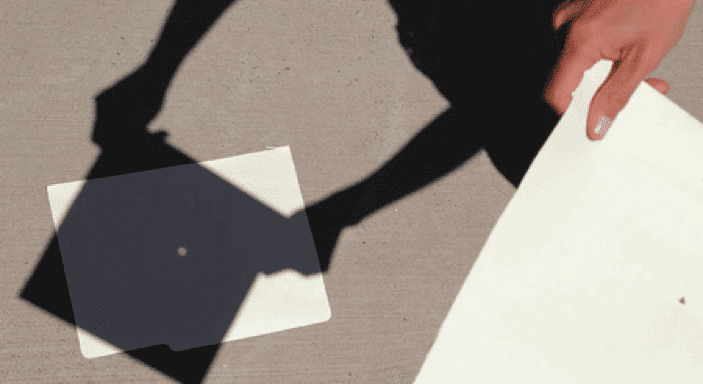
Image Credit- NASA Jet Propulsion Laboratory
Welder’s glass: Number 14 welder’s glass provides effective protection and can be found at a local welder’s supply store. This glass will reduce the harmful rays that are emitted during the eclipse. Do not use if there are any scratches or damage to the glass.
Mylar filters: Aluminized mylar plastic sheets are available as eclipse vision glasses or can be cut and made into a viewing box. Do not use if there are any scratches or damage to the sheet.
Other ways: Other ways to safely watch a solar eclipse is on television or at the planetarium.
How NOT to watch a solar eclipse
Be careful about how you watch a solar eclipse. It is not recommended to view it in the following ways:
Smartphone: Watching a solar eclipse on your smartphone camera can put you at risk of accidentally looking at the sun when trying to line up your camera. It could possibly also damage your smartphone camera. Don’t take the risk.
Support PBO’s Solar Eclipse Eye Safety Campaign
In order to safely view the solar eclipse, Ohioans will need to wear ISO Certified Solar eclipse glasses. You have an opportunity to support the Prevent Blindness, Ohio Affiliate’s Solar Eclipse Safety Campaign (sponsorship form and info here) while also providing your employees with safety glasses to view the eclipse. You could also consider donating glasses to students at your local schools, preschools, other nonprofits, churches, or social service agencies – so that Ohioans of all ages can enjoy the upcoming solar eclipse safely, an opportunity to witness a science phenomenon while preserving their sight.
Sponsorships of the Solar Eclipse Eye Safety Campaign will support the sight-saving programs at Prevent Blindness Ohio (PBO). PBO, founded in 1957, is Ohio’s leading nonprofit, charitable public health organization dedicated to preventing blindness and preserving sight. PBO serves all 88 Ohio counties, providing direct services to 1,000,000 Ohioans annually and educating millions of consumers about what they can do to protect and preserve their precious gift of sight.
Our programs focus on Ohioans who are at the highest risk of losing their sight, including preschool and school age children, people with diabetes, ethnic groups prone to glaucoma, older adults, and those without the financial resources to obtain the eye care they need. We reach our mission through…
- Donated eye care for underserved Ohioans – PBO connects residents in need to comprehensive, professional eye exams and eyeglasses that will save their sight.
- Vision screenings – PBO screens the vision of children, families and older adults in community settings which provides an avenue for early detection in residents who do not have regular eye exams.
- Advocacy – PBO advocates for public policies that open access to help for those highest at risk for losing their vision.
- Research – PBO supports research that seeks the causes of and cures for blinding eye diseases.
Sponsorship Levels (get form here)
$500 – 250 Pairs of PBO ISO Certified Solar Eclipse Glasses
$1,000 – 525 Pairs of PBO ISO Certified Solar Eclipse Glasses
$2,500 – 1,400 Pairs of PBO ISO Certified Solar Eclipse Glasses
$5,000 – 3,000 Pairs of PBO ISO Certified Solar Eclipse Glasses
$10,000 – 6,500 Pairs of PBO ISO Certified Solar Eclipse Glasses
$15,000 – 10,500 Pairs of PBO ISO Certified Solar Eclipse Glasses
$20,000 – 15,000 Pairs of PBO ISO Certified Solar Eclipse Glasses
All sponsorship levels include recognition on the PBO Solar Eclipse Eye Safety Campaign webpage.
Many Thanks to Our Solar Eclipse Eye Safety Campaign Sponsors!!






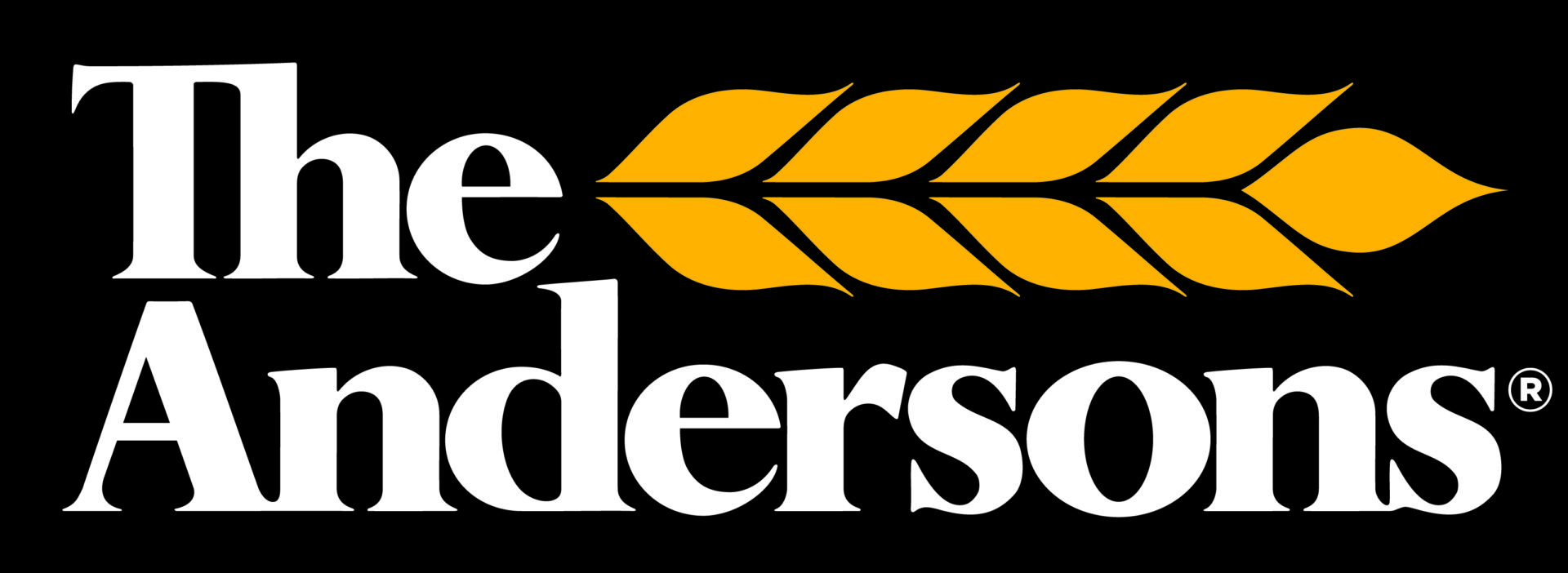








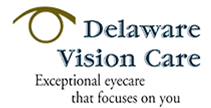


![]()
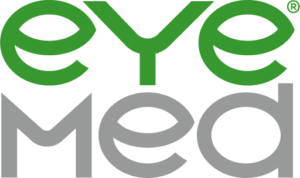
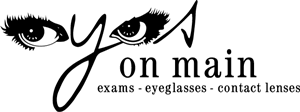






![]()
![]()
